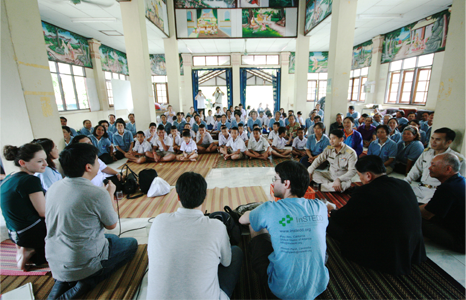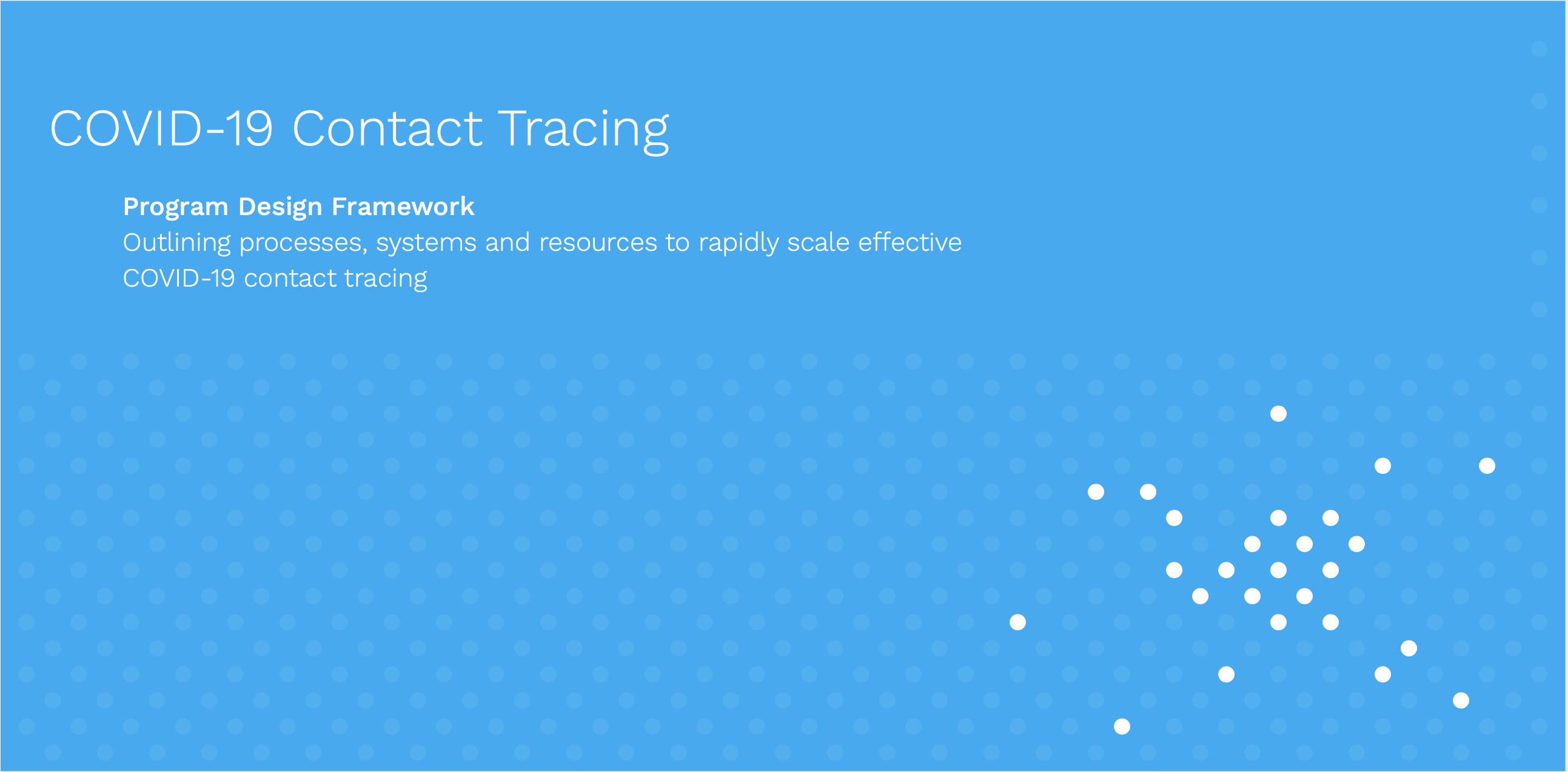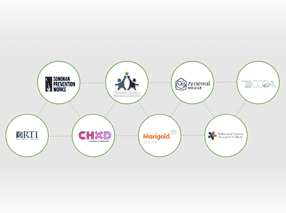If You Don’t Go, You Don’t Know
What We’ve Learned and What We’re Doing About It
How to Scale 10x Overnight
A New Approach to Working Together
By the time InSTEDD reached 2-years-old, we had accomplished more than anyone thought possible. We had a mature team that knew how to work together in an agile and efficient way and we had made deals with mobile operators and aggregators to help us scale. But most importantly, our iLabs had the full capacity to create, deploy and support a range of tools to help us achieve our mission. The entire team was deeply committed to cultivating a radical shift in how technologies were created. We believed that the design and development of technologies should happen in and by the communities they are meant to serve. Using this approach, the technology was lean, modular, simple, modern, and most importantly, useful. We would work the people who would actually be using the tools, in flexible and iterative ways that showed results in weeks instead of months or years. Yet with all its promise, this was a novel concept that was hard to grasp for people who were used to work in other ways. Many didn’t believe that we could deliver something so fast and cheaply… unless, of course, it wasn’t very good. Few people had the first-hand experience that the closer you are to the problem, the more focused the solution becomes.
Gaining Momentum
Haiti Earthquake of 2010
The Global Community
iLabs: Bridging the Gap Between Society and Technology
Part of the reason why many development projects ultimately fail is because there is a huge, constantly changing, gap between the needs of the people and what was created by the NGO. We knew the intersection between society’s needs and technology is was where the “rubber hit the road” and where we needed to be. With this socio-technical approach in mind, we went straight to the communities themselves and developed the concept for local innovation labs, aka iLabs.
In April of 2011, we officially launched our second innovation lab. The iLab Latin America was born from our partnership with Manas, a Buenos Aires-based software development and consulting firm that we had already been working with on InSTEDD projects all over the world. Their goal would be to create a center for technological innovation tailored to the Latin American region’s unique needs.
Currently, we are helping the design of our third iLab. What’s even more exciting than opening more iLabs is that parts of our model are being applied all over the world. From Kenya to Liberia and beyond, people are taking action towards creating this sort of innovative environment. The magic of the iLabs can be seen in the faces of those that work there, those that support them, and more importantly those that benefit from their work.
It turned out that by exploring what technologies would help “early detection and early response”, we discovered something much larger. We found a way to continuously evolve, create, recombine and scale the impact of our tools while staying true to the need and keeping our costs low. Metaphorically speaking, we had set out to find gold, and ended up with an alchemist’s recipe, crucible, and lab for producing it. Yet, despite our important discoveries, there is no magic solution.
The challenge is still out there. Millions of dollars are wasted every year on technologies don’t solve the problems at hand, are isolated into silos and keep important data away from the people that really need it. Still today, tools are built with an inherent design that empowers its administrators to fulfill their own needs- at the expense of the needs of the communities. The media will continue to highlight and repeat the flashy, sensational development stories, making it that much harder for the work to tell what’s really making an impact. We are committed to having an real social impact and are creating a team to focus exclusively on research and evaluation. The intent is to have better research that will help discover what has worked and discard what hasn’t based on evidence. Since InSTEDD really helps other groups and agencies do their work; we will have to work with the willing – sometimes folks are too eager to dismiss or hype up the impact of technology based on belief.
A Better World
This task is larger than any single organization can achieve. The good news is that each and everyone of us can play a role in ‘changing the world’. If you are reading this there is a high chance you are engaged and can offer support moving forward. Help us in bringing the power of digital technologies to where they make the most difference. We envision a world where people are healthy, productive, kind and creative. We strive to ensure that they are safe when the unexpected strikes or as an unknown future slowly thunders their way. We seek to support the development of a smarter and compassionate future, with well-designed technology that serves the ones in need.






